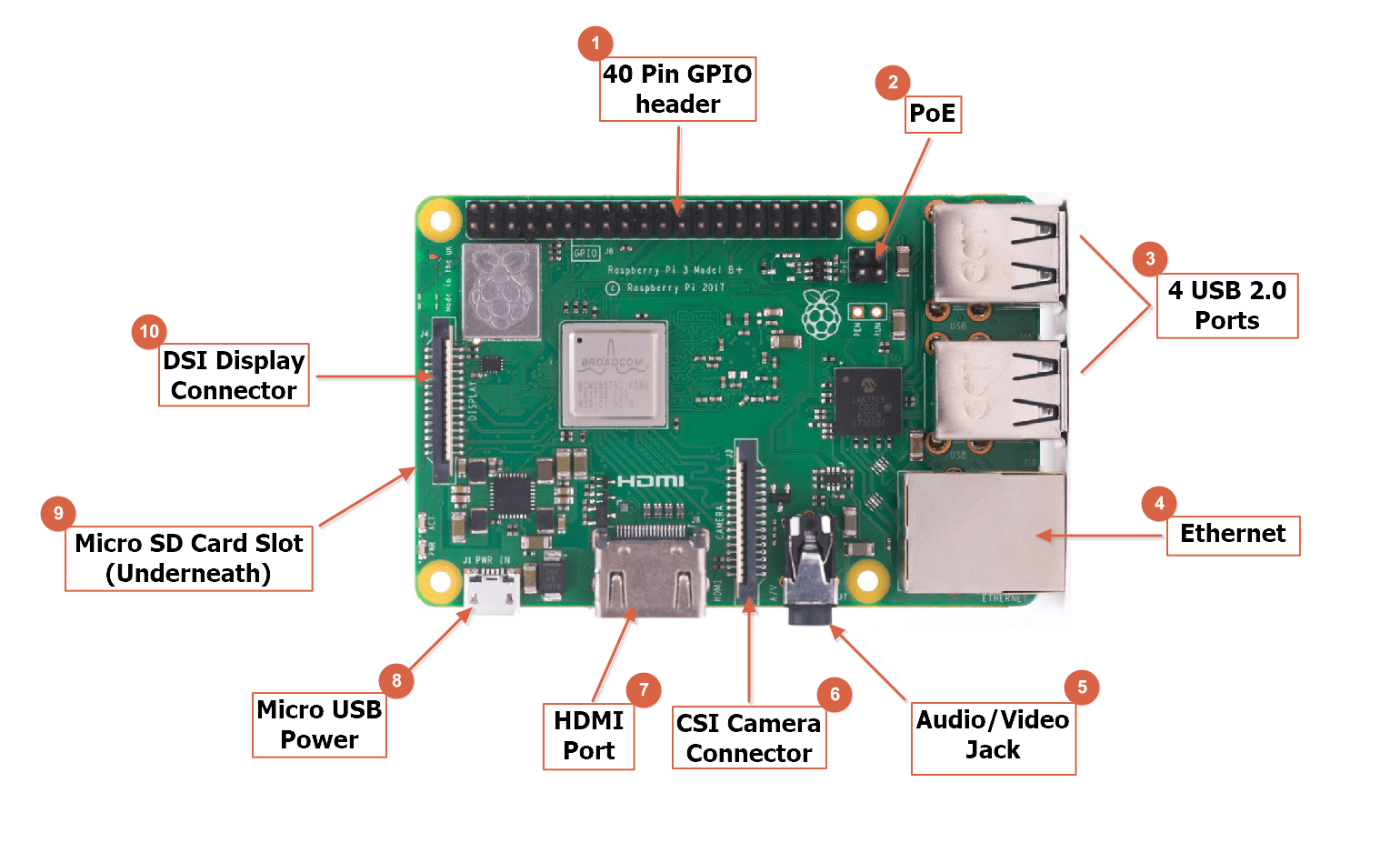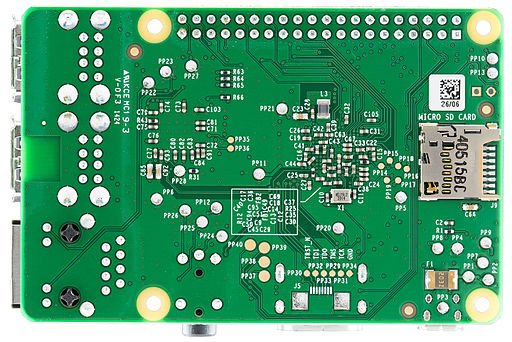If you’re into electronics, robotics or little DIY projects then you’ve probably heard of a Raspberry Pi. If you don’t know that what is Raspberry Pi, then this post will help you clear everything you have on your mind regarding this little gadget.
Raspberry Pi (RP) is a tiny credit card sized single board computer available for only $35. It was originally designed to be used in the education field. The goal of Its creators was to make a low-cost and low-power usage device which would be accessible and inspire children so they’ll start having an interest in computer science. But today, It isn’t only limited to the education area. Hobbyists, electronic enthusiasts saw the potential in this little device as they needed more than a microcontroller like Arduino. It’s used everywhere from weather-related projects, robotics, creating NAS servers to Pet Feeders. There are so many amazing projects built with the help of this small gadget by people all over the world.
Despite being used in DIY electronic projects, You can also use It as a normal computer for performing basic tasks like browsing the web, writing emails, editing documents etc. just by attaching It with a monitor, a keyboard, and a mouse.
RP runs on Linux operating system. If you’re not familiar with Linux, you can read What is Linux? Why to use It? to get familiar with this operating system. Many Linux such as Fedora, Ubuntu, Kali Linux etc. distributions has created an optimized version of their distro for Raspberry Pi.
Raspberry Pi Models
The RP Foundation makes different models. Have a look at the below picture to see all of their models.

Although there are different models, the most widely used ones are the first four. The last two, Pi Zero W and Pi Zero are the cheapest options and they are more focused towards users who want the smallest boards available.
In the first four, the latest one and the best is the first one, Raspberry Pi 3 Model B+. Others are old versions. Our main focus in this post is towards Pi 3 Model B+.
Specs
Despite having a small size, Raspberry Pi 3 B+ has following specifications:
| Processor: | Broadcom BCM2837B0, Cortex-A53 64-bit SoC @ 1.4GHz |
| RAM: | 1GB DDR2 |
| USB Ports: | 4 USB 2.0 Ports |
| Ethernet: | Gigabit Ethernet over USB 2.0 |
| Wi-Fi: | 802.11 b/g/n/ac |
| Bluetooth: | 4.2 |
| HDMI: | Yes |
| GPIO: | Extended 40-pin GPIO |
Analog Video/Audio Output: | Yes (shared) |
| Micro SD Slot: | Yes |
| Power Input: | 5V/2.5A via micro USB connector |
| Height: | 3.37 inches |
| Width: | 2.22 inches |
| Weight: | 1.58 oz |
Components

GPIO Header
General Purpose Input/Output or GPIO pins in a system helps It to interact with the outside world. These pins are user controllable. With the help of these pins, a RP can connect with other electronic circuits, turn LED lights on/off, detect button presses etc. Raspberry Pi comes with 40 GPIO pins.

PoE
As the name suggests, Power over Ethernet (PoE) is used for powering the RP using Ethernet cable. This is only available in the latest model Pi 3 B+. Although you’ll need an additional board such as Raspberry Pi PoE HAT to use It.
USB Ports
Raspberry Pi comes with 4 USB 2.0 ports. They’re used for connecting external peripherals such as Keyboard, Mouse, Wi-Fi adapters etc. with Raspberry Pi.
Ethernet Port
There is also one Ethernet port available on Raspberry Pi. It has the same purpose as other ethernet ports, to connect raspberry pi to a network over a wired connection.
A/V Jack
A 3.5mm A/V (Audio/Video) jack is present on the Raspberry Pi. The old Raspberry Pi Model B had a separate video jack along with the audio one but in the later versions, a 4 pole stereo output and composite video port is available which is capable of carrying both audio and video signals.
Camera Connector
Camera Serial Port or CSI is also available on RP. The purpose of this port is to connect a camera with RP. There are two cameras available for connecting to this port, The Raspberry Pi Camera Module, and Pi NoIR. Both have Its own advantages and disadvantages. The normal Pi Camera is suited for daylight pictures whereas the NoIR (No Infrared) is better for taking pictures in a low light environment.
HDMI Port
For connecting your Raspberry Pi with a display (monitor/tv), you’ll need to use this HDMI Port. Although you’ll need an HDMI cable. If your monitor doesn’t have an HDMI port, you can also use HDMI-to-DVI cable or HDMI-to-VGA cable.
Micro USB connector
The latest RP version does come with two options to power your device, micro USB connector and PoE but the previous models only have this Micro USB connector option available. This connector is used to give power to your Raspberry Pi. To power on your Raspberry Pi, simply plug in your micro USB cable attached to an adapter capable of supplying 5V/2.5A DC to the Pi. You can also use your smartphone chargers If they can supply the 5V/2.5A.
SD Card Slot
There is an SD card slot present on the bottom side of RP. The purpose of the SD card is to load the operating system and store data.

Display Connector
DSI (Display Serial Interface) is one of that display interface which RP supports. If you want to attach an external screen with your RP, then you can use this 15 pin DSI connector. For example, If you want to connect a 7″ Raspberry Pi touch display, you can use this connector.
This was a basic guide for helping you get an idea about What actually Raspberry Pi is. We’ll be writing more posts for RP series. Keep checking our website and let us know If you have any questions.

Leave a Reply